Looking at the Yangtze River Famous Pin, the ancient charm of the ancient charm
Author:Cultural Tourism China Time:2022.09.17
The Yangtze River is the representative symbol of the Chinese nation and the iconic symbol of Chinese civilization. Today, Jiangsu, Hubei, Hunan, Chongqing, Sichuan, Qinghai and other provincial and municipalities located in the Yangtze River dry stream area and the Yangtze River Economic Belt are actively promoting the construction of the Yangtze River National Cultural Park, promoting the protection and utilization of cultural heritage of the Yangtze River, the development of cultural tourism, and the Yangtze River. Cultural value interpretation and promotion.
Let's follow the author's footsteps and walk into these places that "named the river", "built according to the river", "rejuvenating the river" and "the river are beautiful", and appreciate their classic landscapes and history of ancient and modern times. Culture, experience the shock of the great and splendid Yangtze River culture of the culture, experience the deep flow of quiet water, the deep flow of the water.
Qinghai, the horses of heaven are not far away
Xin Hailei Qi Xiaoning
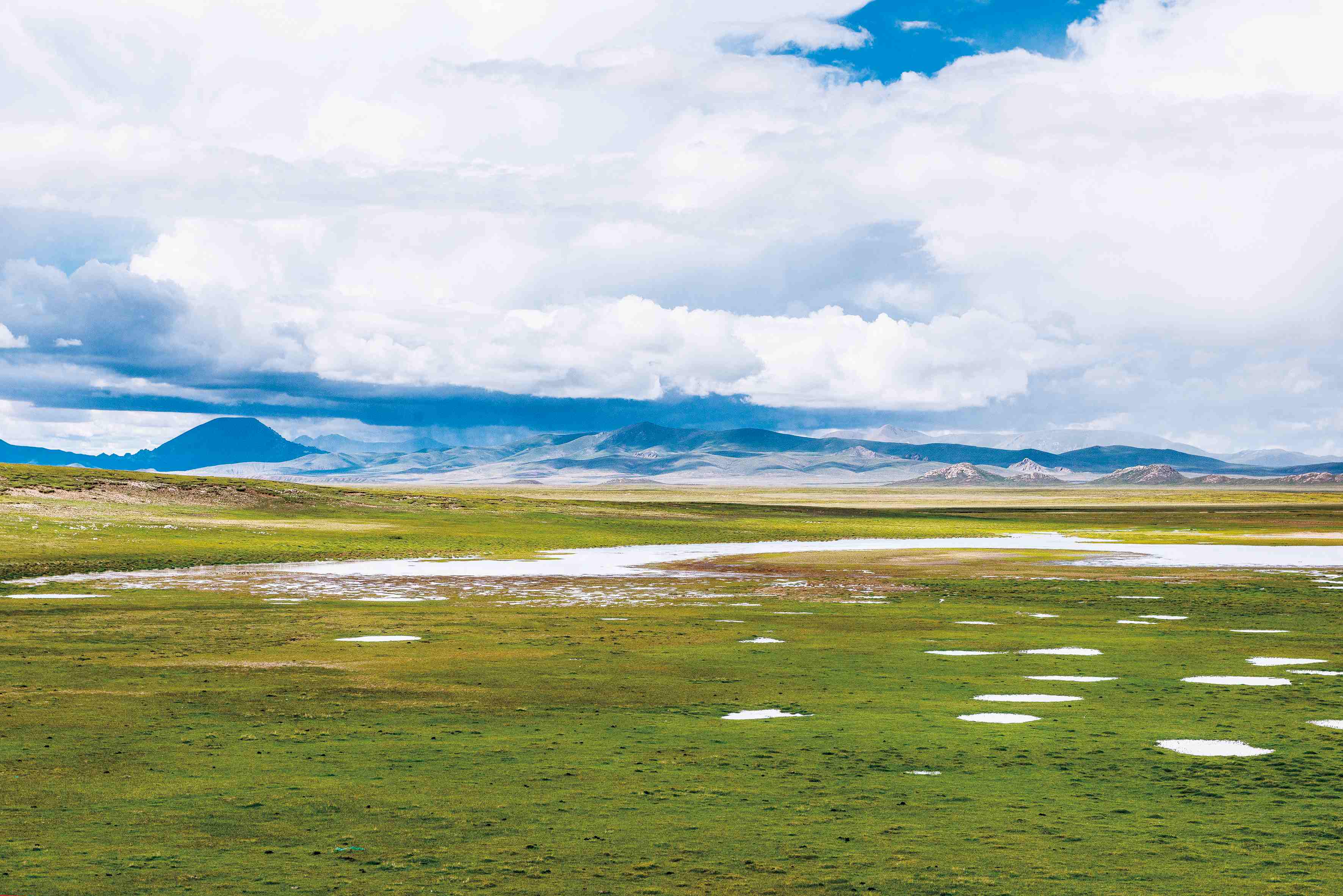
▲ Yang Jinghua (Yushuzhi) Yang Jinghua was taken by Yang Jinghua
In July, Qinghai, the horses of heaven were not far away.
——Haizi "Not Far July"
After reading Haizi's "Not Far July", although it is difficult to understand his love and pain, some elements in the poems, such as heaven, horses, beehives, gems, salt lakes, and wild flowers have always been the real record of Qinghai. In July, Qinghai, in fact, is more in line with Haizi's poem "Facing the Spring Flowers of the Sea". In July, the Yangtze River was sunny and the sun was red. Although the most beautiful season of Qinghai has passed, the Sanjiangyuan of Qinghai in the mid -autumn season has a different charm. It has the purest color in the world. Its beauty is vast, gorgeous, and vast. In September, with your heart -up, let's walk a trip!
The source of Sanjiang is located in the hinterland of the Qinghai -Tibet Plateau. It is the source of the Yangtze River, the Yellow River and the Lancang River. It is also the first national park pilot area in my country. On this high and vast land, not only are there many lakes, swamps, snow mountains and glaciers, but also rich wild animals and plant resources. Its diversity of biological resources is called "species gene library". Whether it is the relatively strange Yushu Tibetan Autonomous Prefecture, or the well -known Qinghai Lake, or with the magical and magnificent charm, the western part of Qinghai is continuously soaring. The wind along the way is also gradually wild and free. Here, it is not easy to use a trip to bring all the worldly and unlimited scenery into the eyes.
In the early morning of the autumn, quiet and deep, under the Qianhe Bridge, a round of red sun sprayed out from the east, and sprinkled the light light in the green water. At this time, the grassland of the river also showed the most beautiful scenery of the year. With the first ray of sunlight in the early morning, it was allowed to tear the clouds and ignited the sky in the sky. The vast grasslands on both sides of the rivers and rivers in the distance are full of soft curves ...
The Luanhe River is the source of the middle branch of the Yangtze River. It flows through the town of Tanggula. It is also known as the Tao River. "Mu Lun" means "calm river". Sanjiangyuan National Park is the world's highest altitude and China's largest national park. Standing here, the sky is so close, it seems that Yun Duo can get his hands; the mountain is so far, it seems that it is always impossible; the snow is like a casual painting, willful and beautiful. This is the Qinghai -Tibet Plateau. It is the source of the Yangtze River that bred Huaxia civilization ...
To the east of the Tonghe River, when the song was north, he eventually met and intersects in the Qilong of the county. Qinghai Tibetan Tibetan Autonomous Prefecture, Zexin Township, Yixin Township, Qinghai Province, and Xinxin Township, the source of the Yangtze River, the Tongtian River flows here, and the Tongtian River between the mountains turns a curve here, leaving a beautiful curve, forming a natural world, forming a natural world. Wonders -"Wanli Yangtze River First Bay". Looking at it, behind the "First Bay" is a good scenery of mountains and rivers. And this is just a one -season scenery. In the vast Sanjiang source, the winter goes to the spring and the four seasons, even if you walk along the "First Bay", only once, how can you say that you can enjoy the source of the Sanjiang River?
When you come to Sanjiangyuan, you must not only indulge in the magnificent mountains and rivers, but also experience the slow life of the city. Yushu City is located in the southwestern part of Qinghai Province. In the past, the Tang Fan Ancient Road's horses were frequently exchanged; now, vehicles hanging from all over the country are endless. In the past, the "lifeline" that affected the traffic due to climate conditions, and now the first Jade high -speed avenue built by the Qinghai -Tibet Plateau for many years. Yushu Airport, which has the highest altitude in Qinghai and the sixth high in the world, has also entered the era of "5G+Smart Airport". Although the area of Yushu is small, it has all the internal organs. It has created a miracle reconstruction in the plateau in human history.
In the eyes of travelers, as an important station in the ancient road of Tangfan, Yushu is an important stop in Tibet. The local area is based on the sources of the Yangtze River, the Yellow River, the Lancang River, as well as the 7 deep self -driving lines of the Kangba style, the Tang Fan ancient road, the cocoa Sili, and the Tibetan Shengshan Mountain. The activity strives to build Yushu into a real international ecological cultural tourist destination.
Go to Qinghai, go to the snowy plateau, go to the vast grassland, go to the top of the mountains, the source of the rivers, and go to the smoke hidden in the jungle and the canyon ... This is the "China Water Tower", " The source of the river is the birthplace of 3518 rivers, and it is the source of nutrition of Chinese civilization. On this land, the symphony of nature and life, the collision between civilization and wilderness never stopped. If you must depict the scenery of the Sanjiangyuan in words, that is: the sky is full of clouds, and the clouds are dark and dark. Green grass clustered in the lake, and the steed galloped in the grassland. The beehive was waiting for flowers, and herders urged sheep. The mountains are all over the mountains, colorful and colorful ... this is the paradise of chanting, and the dream of travelers. Love, never changed. Departure is now. In a person's life, you always have to do something worthy of commemorative, using dreams as horses, no regrets youth! Yibin Guanying Street:
History's precipitation, the change of culture
Yang Guang
▲ Figures of Cultural Radio and Television and Tourism Bureau of Cuiping District, Yibin City, Yibin Guanying Street
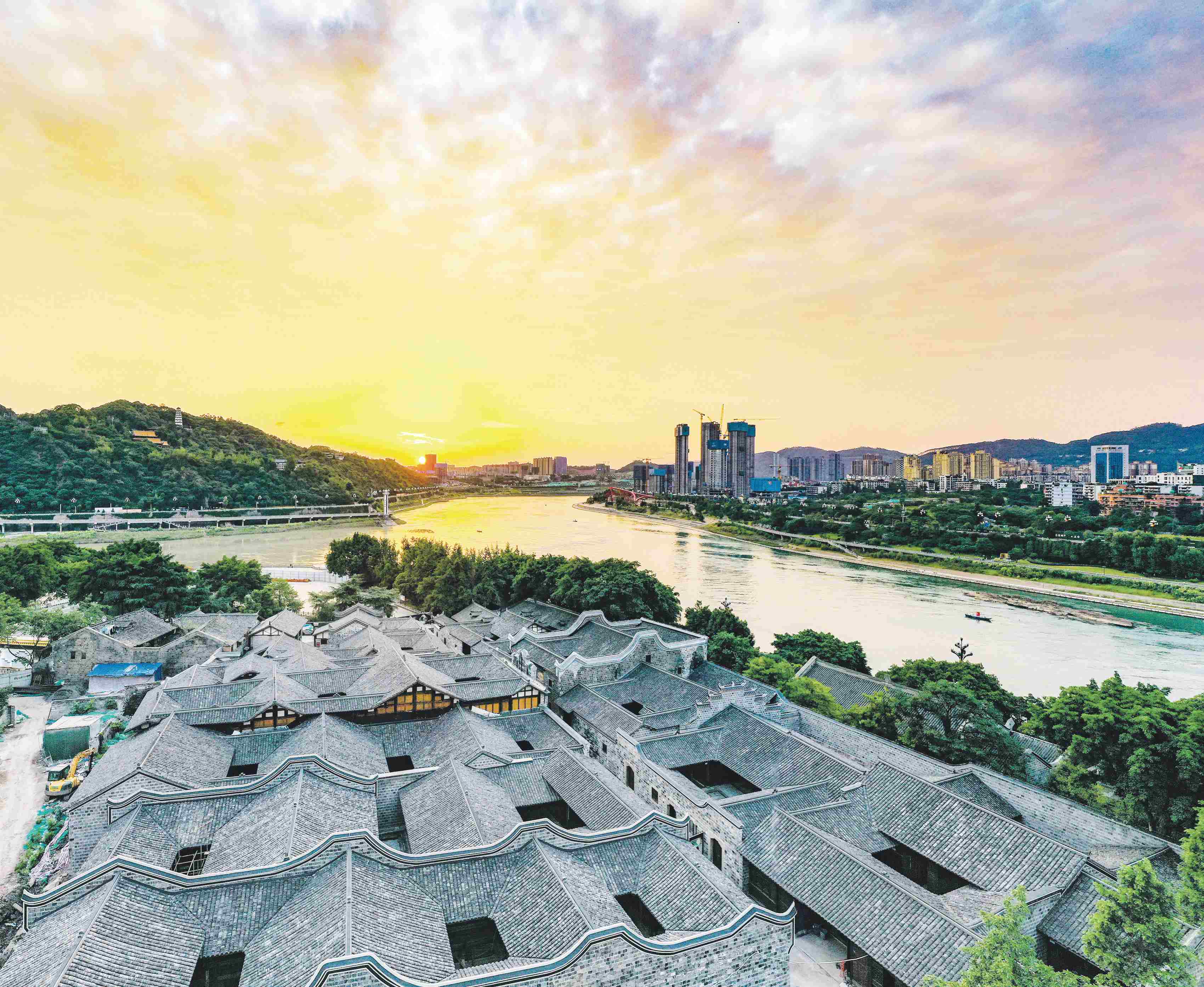
Every city has its own old street, narrow streets, mottled wooden doors, but hidden a long period of passing years, carrying the changes in the history of the city, which has caused people to remember precious memories.
In Yibin, Sichuan, Sichuan, this street is called "Guanying Street".
Guanying Street is not long, about 204 meters, and not wide, around 3.5 meters, but behind each door is a secret state worth discovering, or two -in -three -in -three -in -three, or independent shadow walls. Each courtyard also has its own unique style.
院落嘛,上感天灵,下沾地气,这种院落文化代表了一种精英文化,宅中有园,园里有屋,屋中有院,院中有树,树上有天,天上There is a moon. This is a Chinese -style courtyard dream, and it is also the dream of Yibin -style life.
Of course, on Guanying Street, a traditional business business is added. During the heyday, there were more than 40 brick -and -wood courtyards on Guanying Street, and they lived in salt merchants, wine merchants, medicinal materials, bankers, etc., and operated various businesses.
Since most of the businessmen lived, this street was naturally prosperous and lively. Shangjia Ji Ji, Cheshui, and bustling Guanying Street are where people, business, architecture, and traditional culture are collected. The street style is strong and the regional characteristics are clear, witnessing the glorious history of the busy water pier.
With the change of the times, the old street gradually returned to calm after more than 100 years of prosperity. Nowadays, only 14 old houses are retained on Guanying Street. However, Liu Wencai Mansion and Mozhuang Mansion are still the target of people's attention and the topic of Yibinmen tea after meals.
Guanying Street has witnessed the history and culture of the transportation of the Sichuan -Yunnan water road in the past. The market culture is still engraved in the hearts of Yibin's aboriginal residents. "Culture is the soul, the building is the body, and the business is the heart" is the concept of the commercialization of ancient architecture. Therefore, the atmosphere of ancient streets and the integration of modern business has become the return of fireworks to the human fireworks and retaining urban memory. The choice also provided it with the opportunity to regain the freshness and show the glory.
Construction of Jiajing Building, repairing the ancient courtyard, creating an entrance square, creating a new creative theme museum ... History and cultural re -demonstration, the rejuvenation of the cultural industry, Guanying Street ushered in the improvement and transformation. "Repairing the old as the old", the ancient street's ancient rhyme is reappeared; the "format revolution", the old street has both life and business ...
At present, the first phase of the Guanying Street renovation project is nearly ended. The total construction area of the reconstruction project reaches 20,000 square meters. A total of 19 courtyards and a building complex. There are more than 80 underground parking spaces. Welcome to the street. Next, there will be a second and third phase of the reconstruction project to organize elements such as Yibin Dajiang Culture, Jiu Culture, Tea Culture, Bamboo Culture and other elements. In the future, it will also connect with the eight ancient cellar ponds, Baier Mountain Palace, Zhenwu Mountain Gate, Shuidongmen Ancient City Wall, Daguan Building, Wushu Temple, Huaizang Temple and other key historical and cultural assets in the Ming and Qing Dynasties.
The central area of the old city should shoulder the burden of protecting history, but also assume the responsibility of continuing history. Reshaping the city's ecosystem, awakening more people's city memory, and the transformation of the old neighborhood, so that the historical and cultural blocks embarked on the road of "Nirvana Rebirth". After the citizens are updated in the area, they can better use urban resources; when visiting and visiting, tourists can better remember the unique history and culture of the city ...
Sanjiang Tang Tang, the six banks, the years are leisurely, the old street is long, and the story of Guanying Street continues.
Walking in the Qingchuan Pavilion, touching the source of the national spirit
Qu Xiangtao
▲ Picture of the Museum of Cultural Museum of Wuhan Dayu Cultural Museum in Yuyi Palace
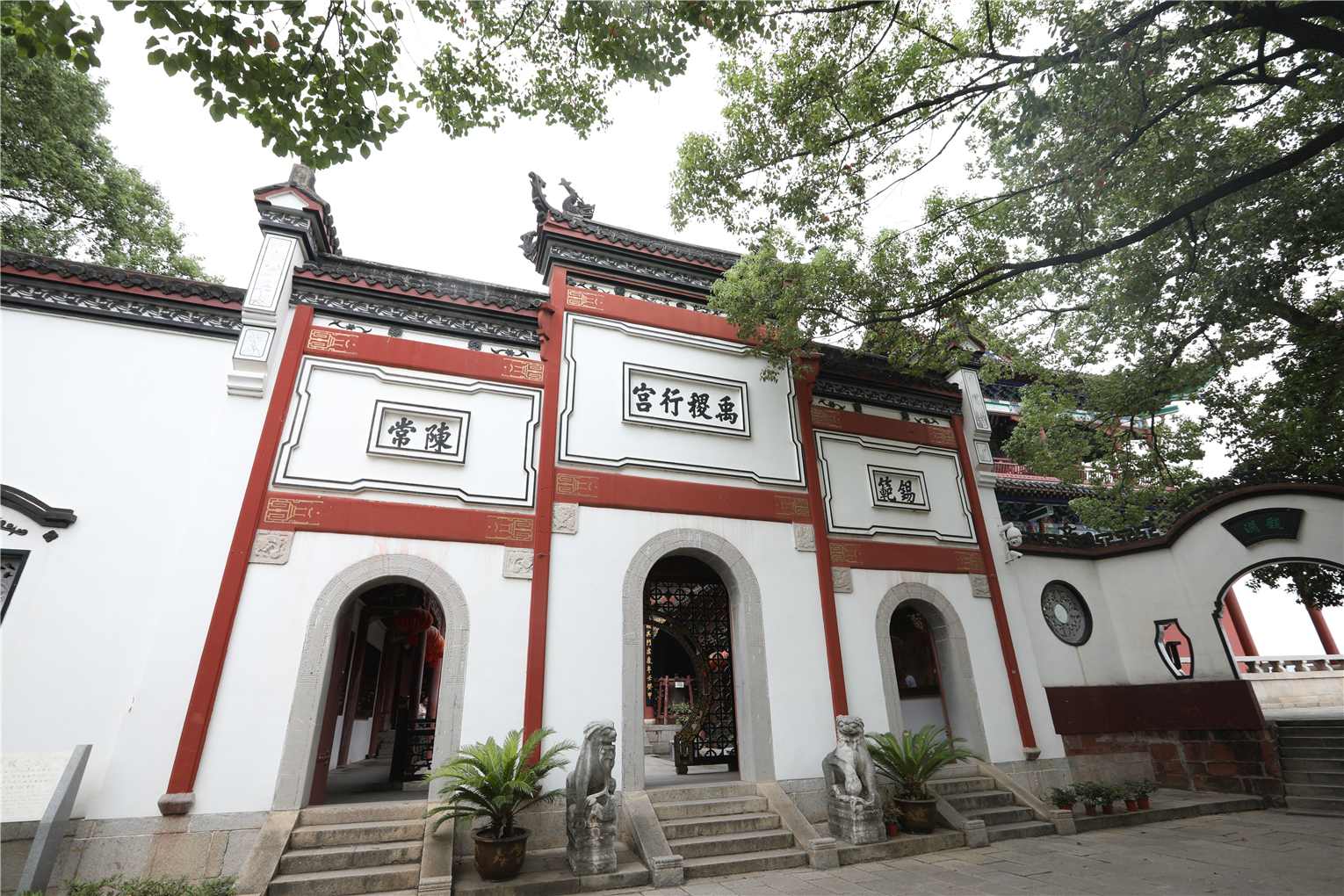
The Great River has a source, as is the national spirit.
Wuhan Dayu's legend is about the Yao -Shun Yu tribe alliance. The Yangtze River and Hanjiang Basin, especially in Wuhan, suffered from disaster. The people did not talk about life. The story of life shows the spirit of Dayu's love of the people, toughness, and respect for nature, and national unity.
Dayu's water control more than 4000 years ago not only showed the historical achievements of the individual, but also left the precious spiritual wealth to the descendants of Huaxia in future generations. It can be said that it is the source and symbol of the spirit of the Chinese nation. In 2021, the legend of Wuhan Dayu was included in the fifth batch of national intangible cultural heritage representative project list.
Although it is said that it is impossible to reach, when you enter the museum, you can still touch the heavy cultural texture.
At the Wuhan Dayu Cultural Museum (Wuhan Qingchuan Pavilion Management Office), step -by -step scenes are related to Dayu's treatment. Qingchuan Pavilion is located on Yu Gongji, the east foothills of Guishan, Hanyang District, Wuhan City, Hubei Province. It is a famous monument that integrates ancient cultural relics and garden landscapes in the east. In addition to the attic of Qingchuan Pavilion, there are Yuyu Xing Palace (founded during the Shaoxing period of the Southern Song Dynasty, the real name of Dayu Temple), Yu Gongji (legendary where the success of Dayu water), and Yubei Pavilion, Qi Bei, Chaozong, Chaozong, and Chaozong Pavilion and other. Qingchuan Pavilion was first built when the proverbs of the Hanyang Zhifan in the Jiajing period of the Ming Dynasty (formerly Yuwang Temple) were built when Xiu Yu's Palace (formerly Yuwang Temple). Although the history of Qingchuan Pavilion is not as long as the Yellow Crane Tower and Yueyang Tower, the unique geographical environment, unique beautiful shapes, and praise of many literati and celebrities have made them have important status and prominent reputation. The reputation of the first floor.
The existing Qingchuan Pavilion was rebuilt for the three years of Qing Tongzhi (1864), covering an area of 350 square meters. Its building is a hard mountain -style brick and wood structure, with a roof of the head of the head, a concave curve of the roof, and the sides of the middle axis. The shed ceilings are connected to the palace room to form a rectangular patio. There is a courtyard on the west side of it, and a hexagonal pointed Uttou Yuting Pavilion is built outside the courtyard. The pavilion has the Maohui Conference built in the thirty -five years of the Qianlong of the Qing Dynasty (1770).
Looking north with the railing of the corridor, but seeing the Hanshui came from the northwest, it was merged into the Yangtze River, just like the pavilion was divided into two water; looking south, seeing the peaks of Nanyue Zhufeng, the layers of the mountains stacked, when it was hidden from the heavy clouds room, it appeared when Essence It is true that the poet of the Qing Dynasty was in the "Qingchuan Pavilion" in the "Qingchuan Pavilion": "The threshold is divided into two Han Dynasty, and Yue Heng is discerned in the clouds."
The national spirit contained in the legends of Wuhan Dayu is the same as the legends of the governance of the Dayu. However, in terms of the content of the story, it integrates the legendary characters with the mountains and rivers, showing the characteristics of strong regional characteristics. For example, the hero "Turtle" and "Snake" will finally turn into the Guishan and Snake Mountains in Wuhan; "Yu Qing threw a gauze to block the flood", and the yarn hat turned into Wuhan's gauze mountain; The Mountains of Grain are called Rice Grain Mountain.
Later, the legend of Wuhan Dayu's water management gradually derived the legend related to the treatment of future generations and Dayu. For example, "Kublai Kili is named Yu Gongji", it tells the Yuan Shizu ancestor Kublai Khan's southern tour to Wuchang Snake Mountain, and ordered to rename Yu Gongji in the river in the river across the Yangtze River into the river. Jianyu Temple, "Putting Yu Gong's Thinking"; "Governor's Treasure Town Water Monster", tells the battle between the Governor of the Qing Dynasty Hu Guang when the Governor Zhang Zhidong of the Qing Dynasty and the water monster at the bottom of the water at the bottom of the water.
Strolling in the Qingchuan Pavilion, watching the Hao Miao and the vastness of the Jiangli, and exploring the historical legends of Dayu's water. For thousands of years, Dayu's water control has been one of the important spiritual totems of the Chinese nation, and it has also has important practical significance for enhancing cultural self -confidence and building a cultural power.
Chengtou Mountain: An old and young homeland
Xu Hongyu
▲ Photo Conferry, Propaganda Department of the County Party Committee of the County Party Committee of the National Archaeological Site Park of Chengtou Shan
In September, in the rays of rice, I walked into Changdexian County, Hunan, and entered Chengtou Mountain in Puyang Plain. The mid -rice is entering the harvest period, and the full rice ears are bent over, as if paying tribute to the land.
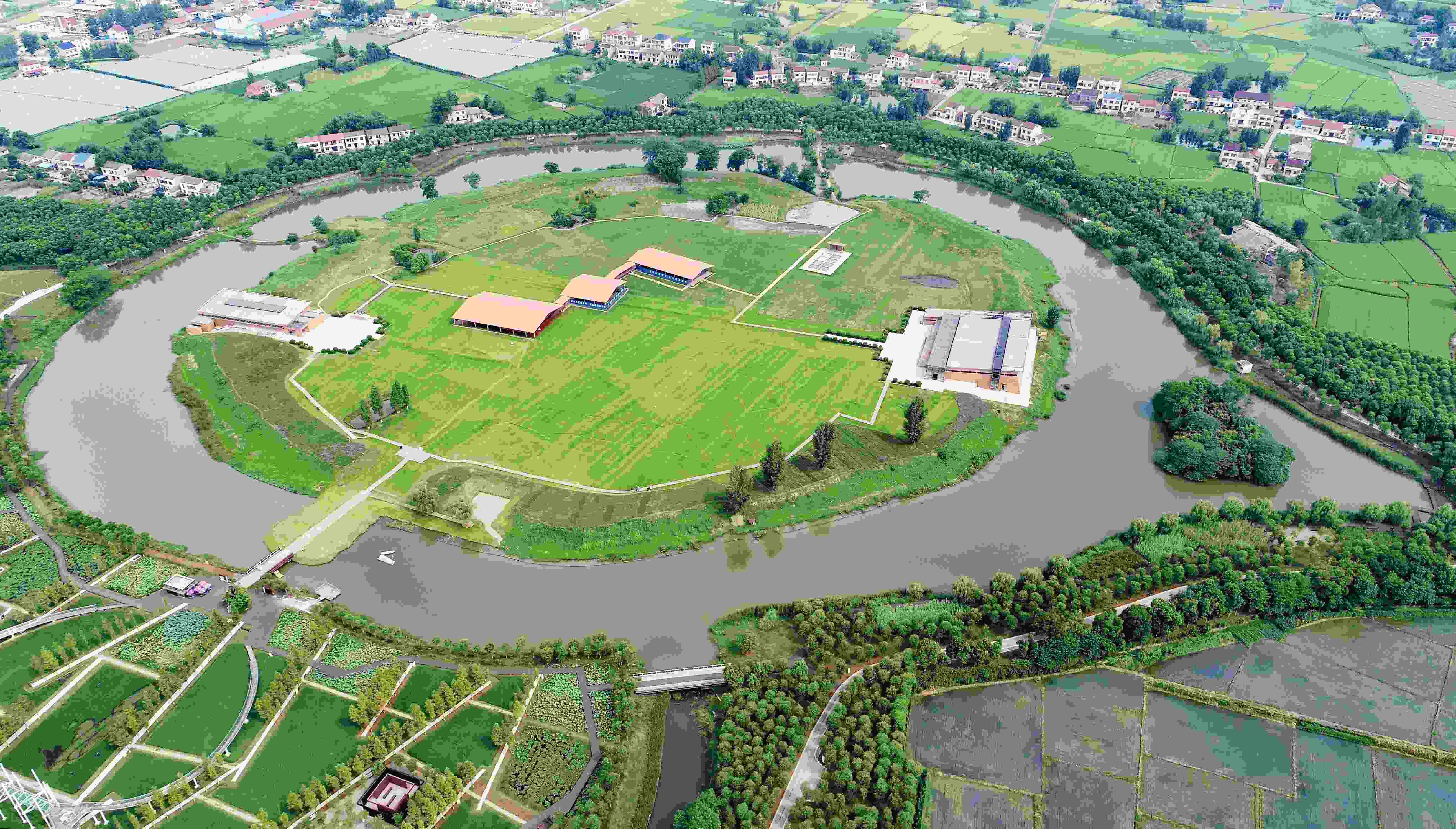
For the emotions of the land under my feet, like rice, I can't find more suitable words and gestures except for admiration.
The first people have reproduced the interest on this land, and now, people are still in the land that have been cultivated by the ancestors. The root of the ancient rice was like a pulse, which made me seem to receive ancient signals at some moment. This signal called me, like my mother called a long -distance child and called me back.
I am also the people of Chengtou Mountain. After more than 6,000 years, I came to find it to find the earliest foundation of a city.
The growth of human civilization, a major symbol from quantitative to qualitative change is the production of the city. Such a logo first appears in the Puyang Plain, the birth of the earliest city in China, Chengtou Mountain.
Today, at the site of the Totou Mountain, we can still see the clear ancient protective city river and the old wall. There is an exit on the southeast and east side of the moat. The exit is connected to the natural river channel. People in the city can walk out of the city wall, take a boat or take the raft to follow the water, reach the water, the pan -cave court, reach the Yangtze River, and go to the East China Sea.
The oldest city wall in this city has been over 6,000 years of storms. At the prehistoric site museum of Puyang Plain, a section of the wall of the city is displayed. The soil section is clearly visible to the rammed layer of different colors, like a silent calendar that spans the thousands of years. Archaeological experts conduct an analysis of the Southwest City Wall. Taking the time as the order, the soil layer is divided into 12 floors from top to bottom. Experts trace the source layer by layer, looking for a dark password in each layer of soil, or a little pottery, or a trace of mud, or a rammed nest ...
The 12th floor is the earliest city wall of the ancient city. It was built at the same time as the ditch around the city, and the soil was taken in the trenches. Functional city. This is a great project that Chengtou Shan people started 6300 years ago, experienced 4 expansion and overpass, and took 1500 years to complete.
This great project looks like the peace and tranquility of about 80,000 square meters inside the city wall. The ancestors lived here, leaving the earliest "urban people" life trajectory.
Now, walking into this ancient city site is still faintly visible to the traces of life of the year: the oblique crocks seem to be still floating in the aroma of food. It seems to be filled with a bumper harvest ...
The taste of the harvest is in the same vein with the current harvest. After more than 6000 years, I breathed out the panton of the paddy field to find it and find the old root of an ancient rice field.
At a low -lying place in the east gate of the ancient cultural site of Chengtou, a quiet rice field at the world currently found in the world is 6,500 years ago. Local archeologists told me that this rice field was exposed to green and gray static water deposition when the rice field was excavated, and the surface of the rice fields was unique to the cracks of rice fields. The rice stalks, carbonized rice, 蓼 family aquatic plants, and a field snails asleep on the side of the field, and slept for thousands of years at a time.
One kilometer from the southeast of Chengtou Mountain, archeologists also discovered artificial cultivation rice about 9,000 years ago. From then on, the city was built in the Totou Mountain, and Daozuo Agriculture had gone through two or three thousand years in Chengtou Mountain and its surrounding areas, and experienced two or three thousand reincarnation spring plowing and autumn harvests.
Is the rice in the ancient rice fields that are full of granules and vitality like the rice that is now harvested? In a glass showcase, I saw several 6,500 -year -old rice that has already been carbonized. Although it has become dark and has no golden autumn colors, they are full of toughness, like old people, full of stories.
Standing in front of the ancient rice, I was hard to calm my heart for a long time. Once relying on the nourishment of this grain rice, the residents of Chengtou Mountain were endless. They built a residential area, pottery area, tomb area, and ancestral temple area in the city. The sacrifice "Ask the sky", the blessings of the shouts and the blessings of the hunting ...
This land that has grown ancient rice is still a homeland. It is still a homeland.
"China Culture News" on September 17, 2022
The 4th version published a special report
"Guanyang River Famous Pinpin Ancient Rhymes and Rhythm"
Editor -in -chief: Chen Xiaoyue
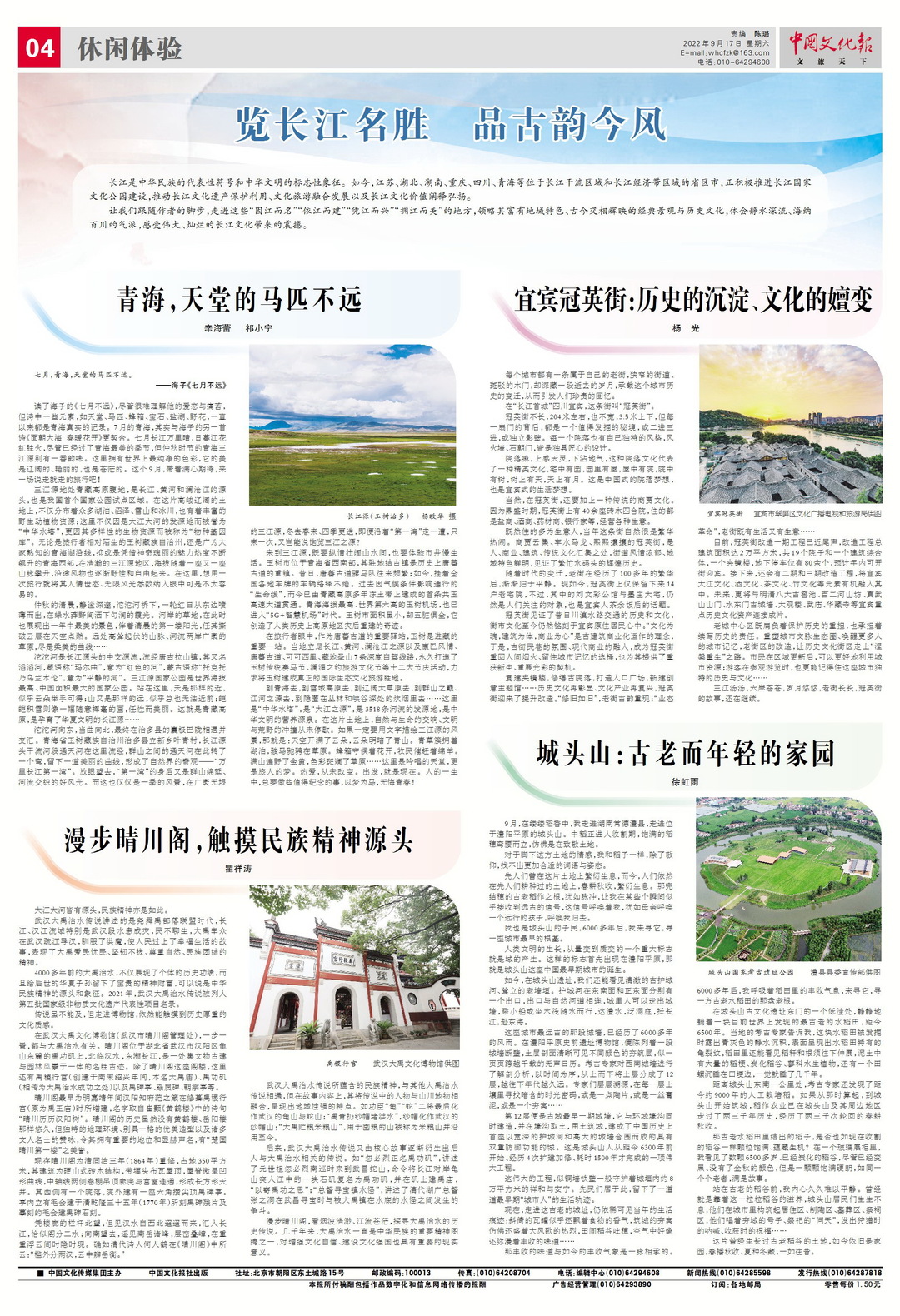
- END -
Lile and Music Shandong | Dongying: "Welcome to the Twenty Singing New Age" The original music work of Hekou District "The Chinese Dream"

Welcome to the new era. In order to vigorously prosper the art creation of the new...
Wenzhou Woman 丨 Reading Wenzhou · Picking Kazuwen Travel New Landmark: "Literature and Art Fan" in Xiaoshan Village

Zhejiang News Client Qin Jiena Wu Yuxi draws Zhang Jack